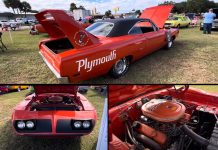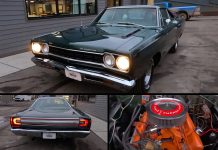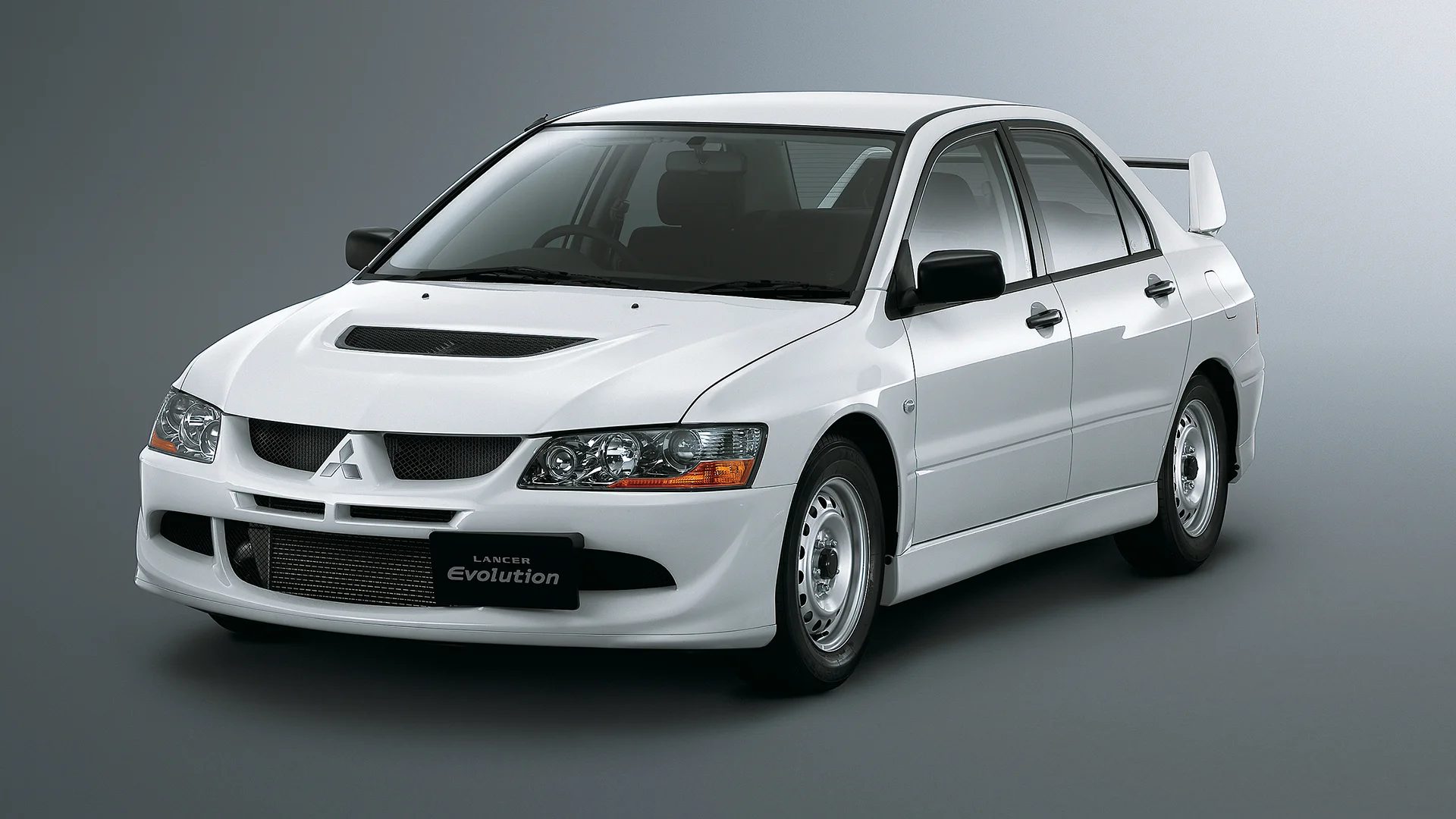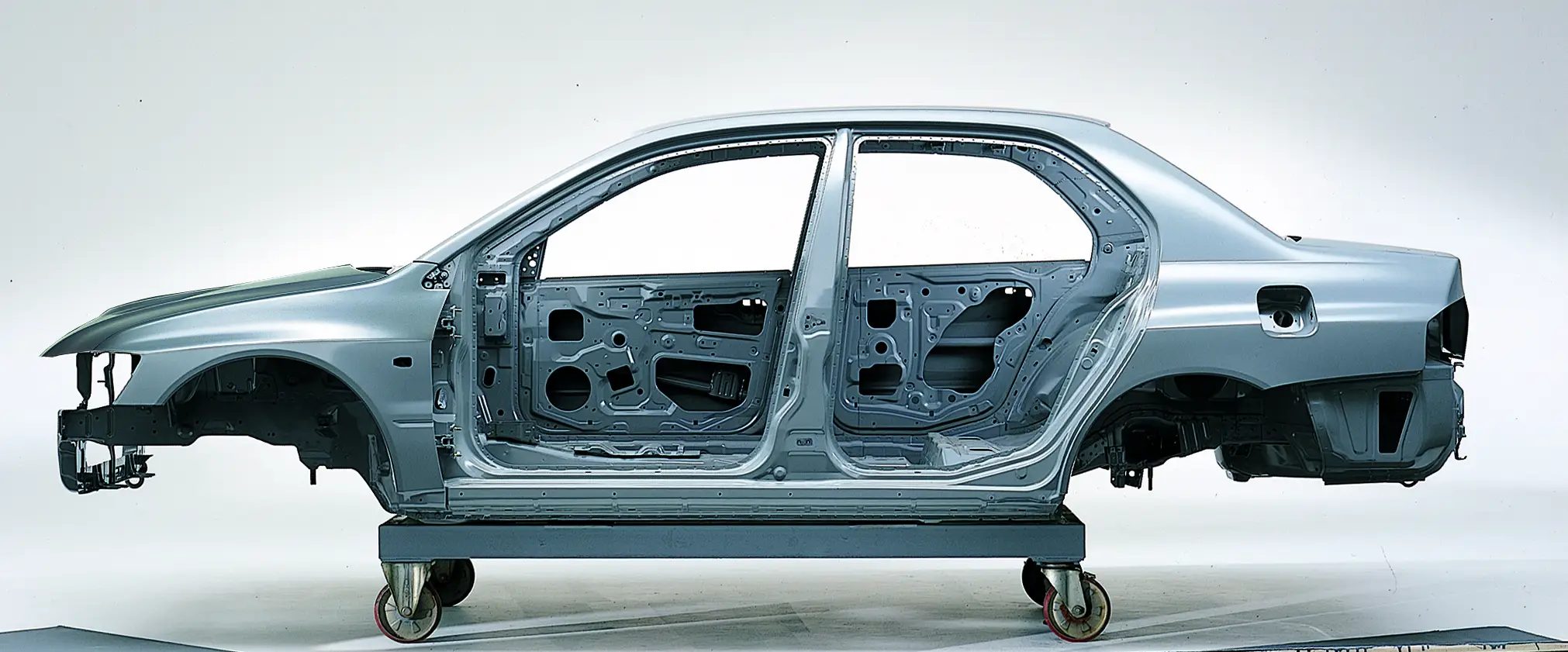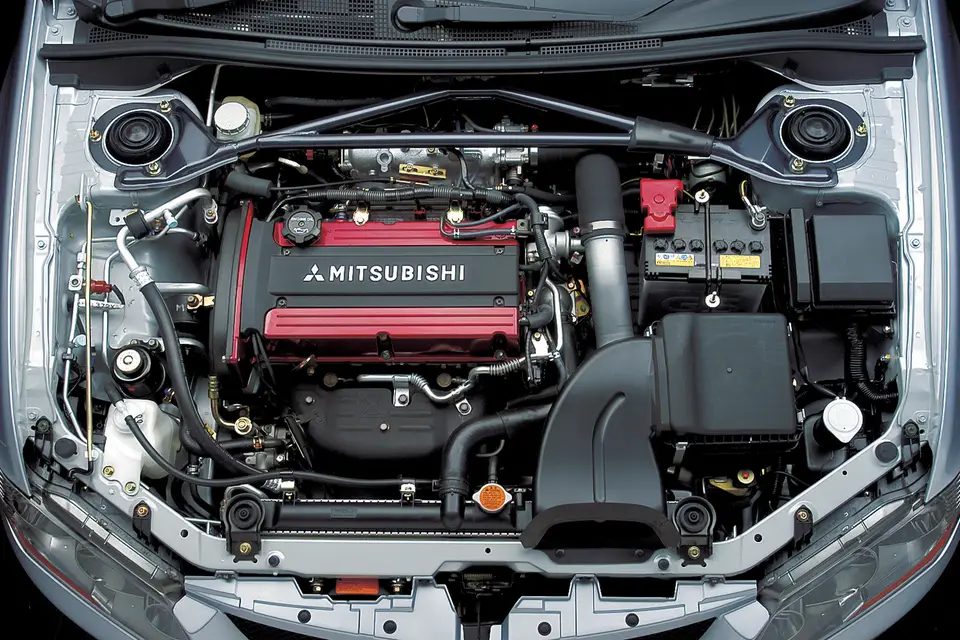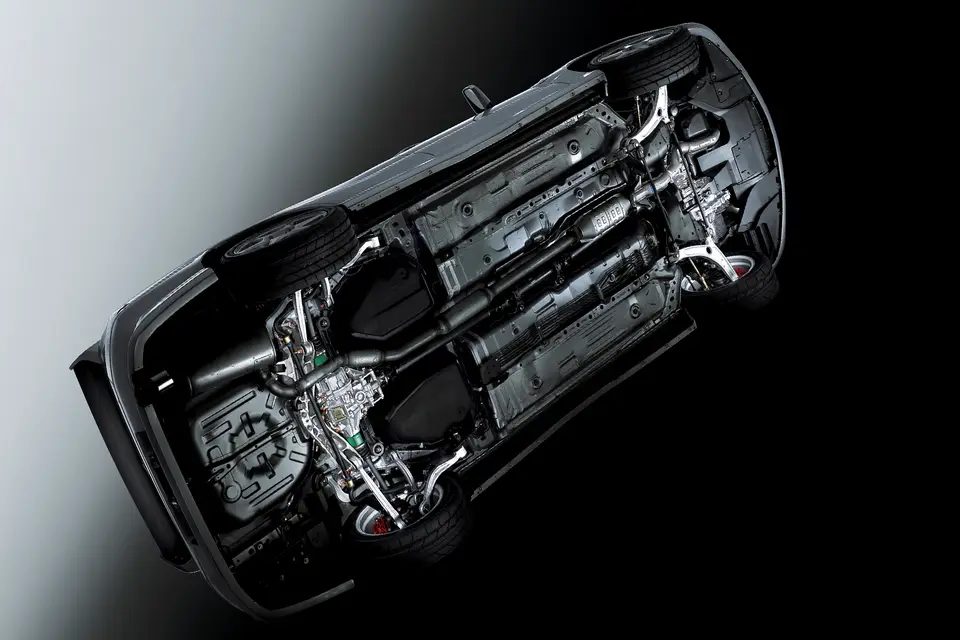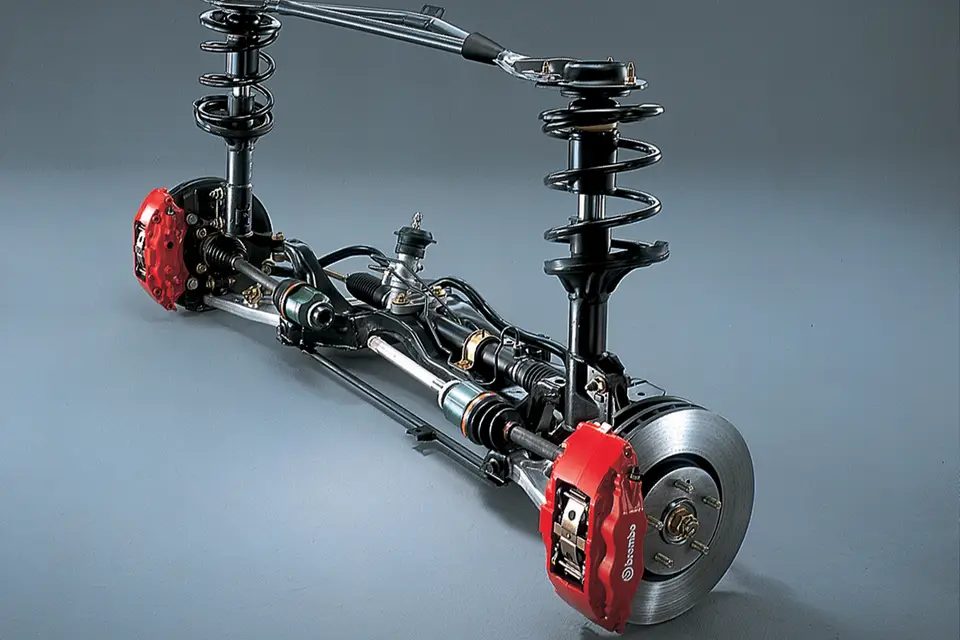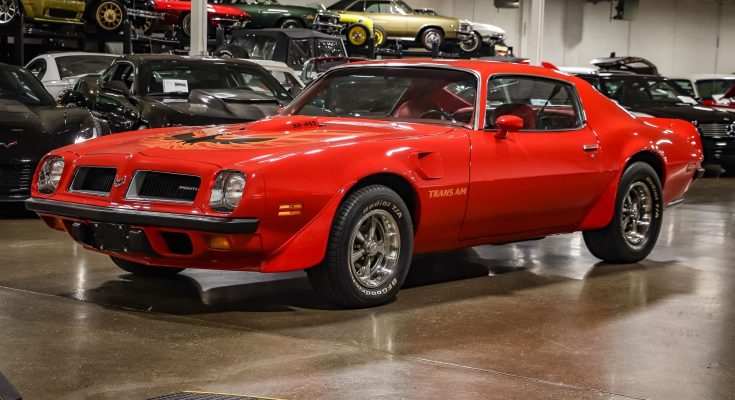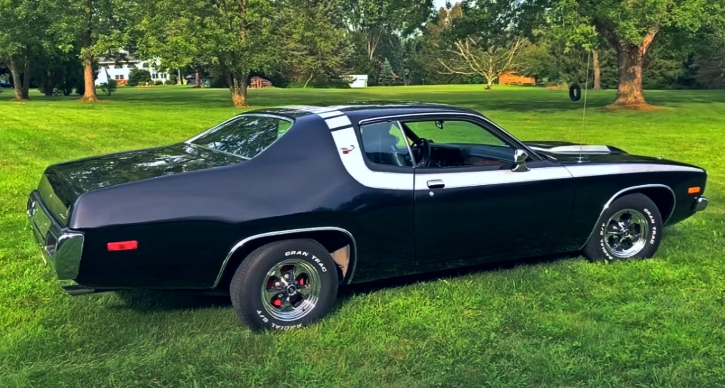The Mitsubishi Lancer Evolution RS: A Lightweight Legend
The Mitsubishi Lancer Evolution RS was a car that truly represented the best of what the Evolution line had to offer. It had raw power and a visceral connection to the road, making it the perfect car to take on just about any track, whether it was asphalt or dirt. What made it even more impressive was that it was a car that many people could afford. The United States was lucky enough to get three generations of the Evo, including the lightweight Mitsubishi Lancer Evolution RS, which proved that Mitsubishi was once interested in giving customers the chance to own a cheap, fast car. In this article, we’ll take a closer look at the RS and its unique features.
The Rally Sport Trim
The Rally Sport (RS) trim was a motorsport-focused variant of the Evo. It was stripped down, lightweight, and served as a platform that consumers or motorsport teams could pick up and begin transforming into a proper race car with ease. The RS trim followed the Lancer Evolution through its lineage from inception, meaning that the automaker was selling RS-trimmed Evos well before it was even a thought to sell the sedan on U.S. soil.
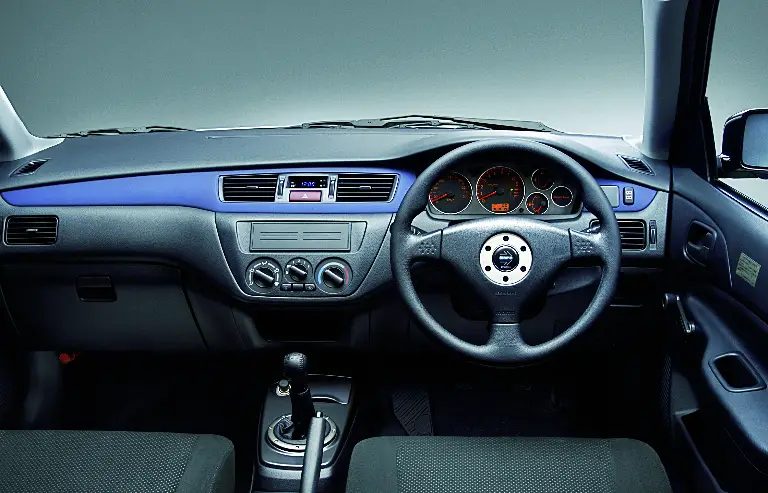
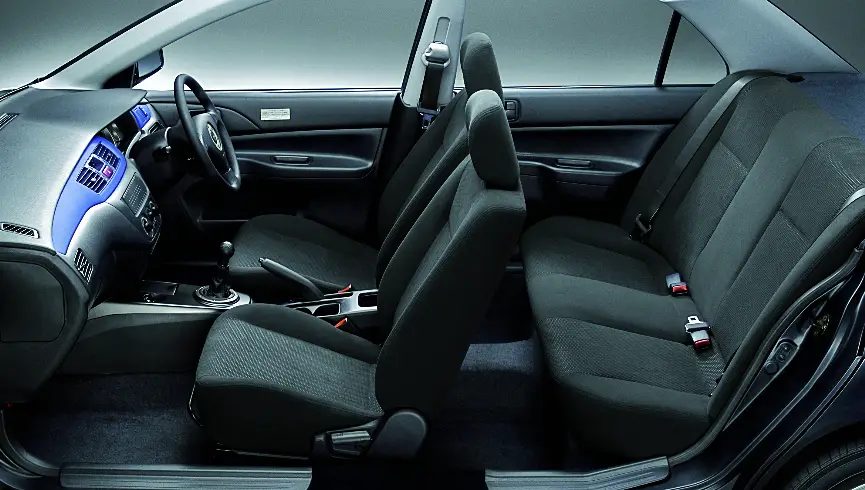
Differences Between US and Japanese Models
The U.S. technically got an RS trim for the Evolution—for the Evo 8 between 2004 and 2005, and the Evo 9 just for the 2006 model year. However, the Japanese version of the RS was the more impressive model. Visually, the Evolution 8 RS looks almost like any other Evo, just on some winter tires. The RS came factory with 15-inch steel wheels, riding on balloon-spec 205/65R15 tires, although buyers could also opt for the Enkei-branded 17-inch GSR wheels.
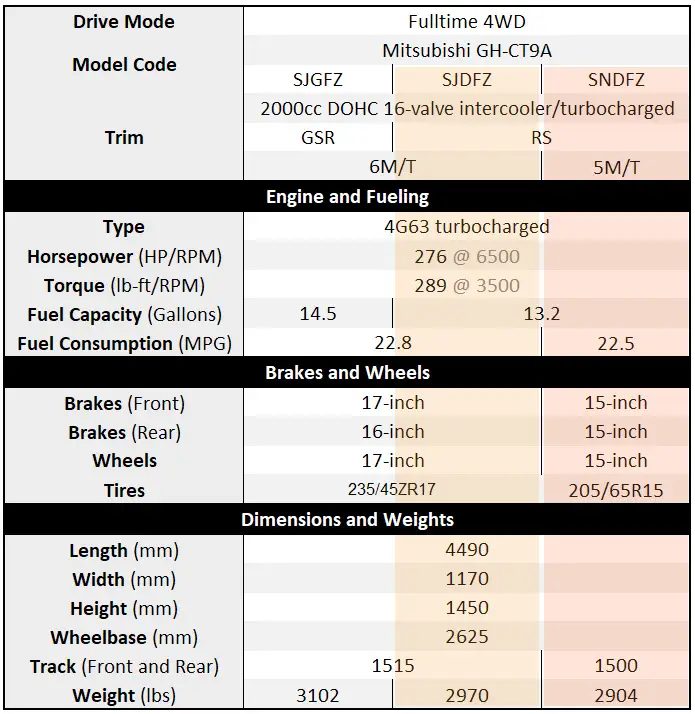 Once the driver sat in the standard “Sports” seat instead of the Recaro the Evolution 8 GSR normally came with, cost-cutting was immediately apparent. Standard were manual windows, manual locks, manual mirrors, no air conditioning, no interior trunk release, no radio (although the harness and speaker brackets were fitted in case the owner wanted that to change), and much more. One sun visor remained for the driver, though the vanity mirror was removed.
Once the driver sat in the standard “Sports” seat instead of the Recaro the Evolution 8 GSR normally came with, cost-cutting was immediately apparent. Standard were manual windows, manual locks, manual mirrors, no air conditioning, no interior trunk release, no radio (although the harness and speaker brackets were fitted in case the owner wanted that to change), and much more. One sun visor remained for the driver, though the vanity mirror was removed.
Just about everything that was removed played a part in reducing the car’s overall weight. Even the gas tank of the Evo 8 RS was reduced by 1.3 gallons, which helped cut down on dead weight. The base RS weighed in at just 2,910 pounds, meaning that 192 pounds of optional equipment were removed when compared to the line-topping GSR. It also meant hearing every pebble kicked up from the road thanks to the lack of sound deadening, which Mitsubishi says saved around 44 pounds alone.
Mechanical Features
The mechanical trimmings are also interesting for the Japan-focused RS model. Mitsubishi offered the RS in two model codes. The base-most model was the SNDFZ, which was equipped with a five-speed manual transmission. Mitsubishi also offered the RS with a six-speed manual transmission and additional performance upgrades, coded as SJDFZ. For simplicity’s sake, we’ll refer to them based on the transmission offered with the model: RS 5M/T and RS 6M/T.
Some key differences included factory Brembo brakes that were an optional upgrade on the RS 5M/T but standard on the RS 6M/T. And the 17-inch Enkei wheels mentioned above? The RS 6M/T received those as standard equipment, plus a front cross member brace.
Both RS cars were offered with Mitsubishi’s Active Center Differential



